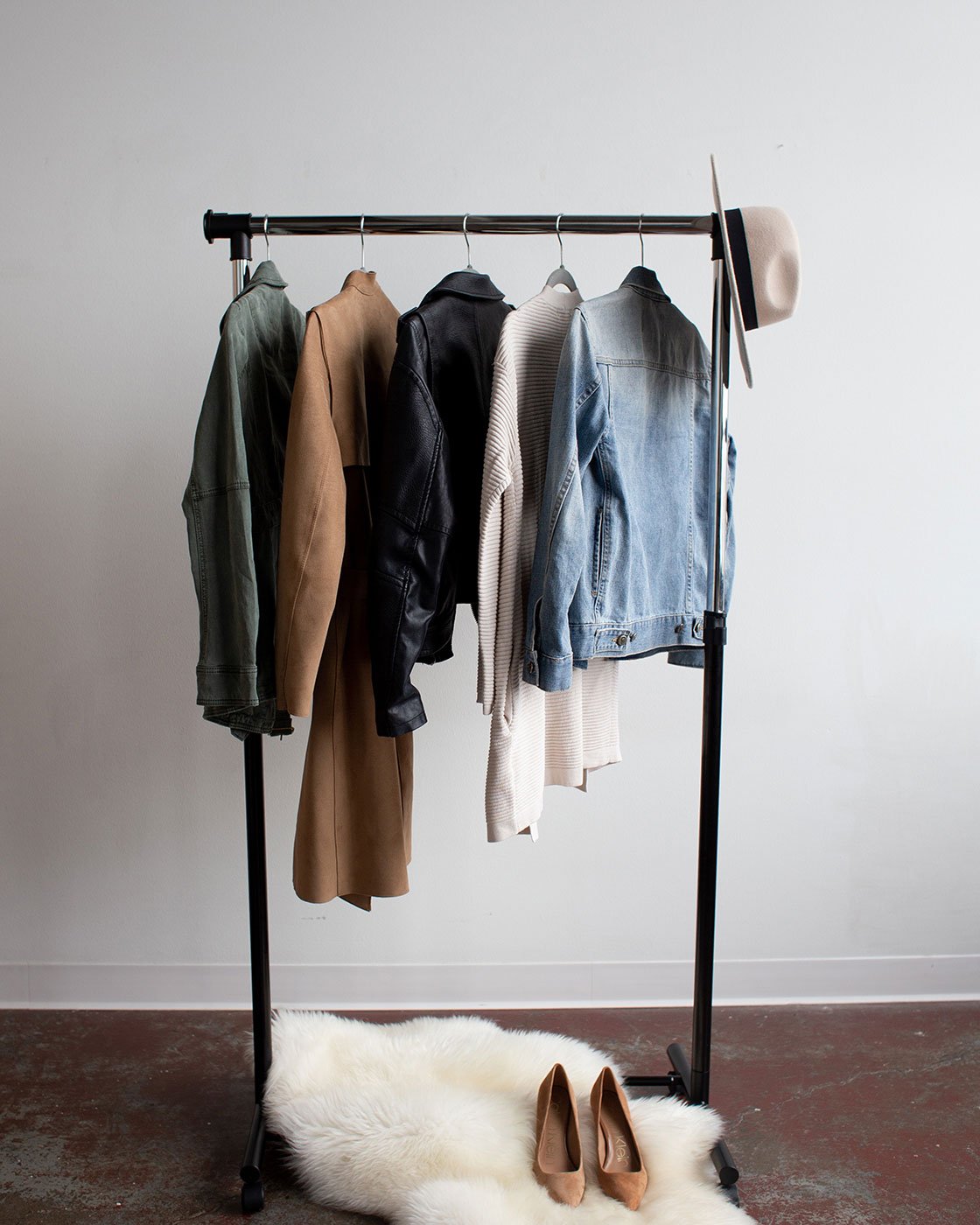Based on the discovery of linen fibers in a cave in the Republic of Georgia, which dates back 3400 years BC, we can safely say that the materials used in all kinds of fabrics were produced in the prehistoric period. Ancient and modern production methods are very similar for all kinds of textiles, especially plain fabrics, and satins. In contrast to what was previously believed, Harvard University professor, Gary Orton has discovered that fabrics can be prepared and produced in many ways.
Humans did not have the expertise to weave fabrics in the distant past, so they covered themselves with skin, huge tree leaves, animal skins, and fur. They even covered their bodies with dead animals’ bones and skulls. As a result, they were protected from adverse weather and other external environmental factors.
There is no official evidence of when people first wore clothes. Of course, many pieces of evidence show the evolution of clothing in prehistoric times. Environment, culture, and external factors have influenced ancient civilizations’ clothing and material styles.
Decorations and head coverings with bones and shells
History of fabric and textiles
When the planting of agricultural crops began and people were divided into distinct agricultural groups, they created mats and baskets out of branches and grass. To weave cloth, they used various resources such as grapes, animal wool, and fur to twist long threads and weave cloth with them.
About 30,000 years ago, people used animal skins for clothing. Wool was used in Egypt around 4000 BC. Cotton was discovered in Pakistan around 3000 BC. And the silkworm was secretly used to produce silk in China around 3000 BC.
In ancient Egypt, cotton and linen were grown near the Nile River. Like cotton, linen is a plant with natural fibers and is 36,000 years old. Egyptians used cotton and linen to weave cloth.
Cloth
Fabrics are used for different purposes. The production of clothes and items such as baskets and bags is one of the most practical uses of fabric. Other uses of fabric at home include carpets, decorative items, cleaning, curtains, towels, tablecloths, beds, etc. In the workplace, cloth is used for scientific and industrial processes such as filtration.
Fabric can be used in special cases too. For example, it is utilized as a flag, bag, tent, handkerchief, rug, or as a means of transportation. This includes balloons, kites, and parachutes. Fabrics are also used to increase stability and strength in composite materials such as fiberglass and chemical textiles.
Industrial and technical fabrics are fabrics used in industrial processes, chosen for their properties rather than their looks. The usage of technical fabrics includes vehicle construction, pharmaceutical and medical applications (implants), gas fabric (improving the soil barrier), agricultural product protection, and protective apparel (against heat and ultraviolet radiation or protection against molten materials, fires, and bullets). The required requirements must be met in all of these applications.
Industrial use of fabric
In fact, clothing is a general term that refers to various types of what is placed on the body. In ancient times, people started wearing clothes to protect their bodies from various harsh environmental conditions. Neanderthals (an extinct species and a very significant part of human evolution) were the first humans to wear clothes. At that time, sewing was unknown. That’s why early humans wrapped cloth around different parts of their bodies and used a variety of methods to cover the body. Even today, clothes like sarees, dupattas, and dhotis are unstitched pieces of cloth draped around the body.
The invention of the sewing needle revolutionized clothing and changed the way people dressed. People made clothes from whatever fabric they could find using sewing needles. Fabric and texture extraction started in the Middle East at the end of the Stone Age. Fabric weaving began 100,000 to 50,000 years ago. Hand-stitched clothing has evolved significantly since then. There are garments with various designs, patterns, forms, and colors available nowadays and fashion and textile businesses are among the largest in the world. Synthetic fibers including nylon and polyester now play a significant role in all types of clothing in addition to natural fibers and animal skin.
An unstitched dress
Different types of fibers
Textile industry fibers are divided into two groups: natural and synthetic (man-made) fibers. Each of these fibers and fabrics comes in different varieties. In this article, we explain these varieties and the characteristics of each fiber.
Natural fibers: nature lovers’ first choice
When it comes to natural fibers, the first thing that comes to mind is cotton and wool, which have been used for years. But natural fibers include a larger group and are divided into three categories:
- Plant fibers
- Animal fibers
- Mineral fibers
Plant fibers
Natural, plant, or cellulose fibers are the oldest and most widely used textile fibers. Cellulose fibers that are made from plants and trees such as cotton, linen, hemp, jute, ramie, kapok, bamboo, etc. are called plant fibers. A huge number of fibers are made from different parts of plants including leaves, stems, fruits, and seeds.
Since all fibers are mainly composed of cellulose, they are classified as “natural cellulosic fibers”. These fibers may be from a single plant cell or a set of cells connected by non-cellulosic materials.
There are a variety of traditional and new products made from stem fiber. These products include ropes, nets, carpets, mats, brushes, paper, and board. Plant fibers are classified into two categories: soft and hard fibers.
- Soft fibers: The preparation process for soft fibers is more challenging. The chosen plant is collected first, and after drying, it is broken and crushed with a stone hammer. In the final phase, it is cleaned. After washing, the material is sun-dried. The weavers then comb the fibers using their fingertips. Fibers are now ready to be twisted or woven into threads or strings by artists. After drying and beating, some fibers, such as palm, grass, and wheat stalks, are cut and woven. Ropes, threads, nets, and bags are all made from soft fibers.
A string of palm tree fibers
- Hard fibers: Before being woven, hard fibers are subjected to successive stages of cutting, drying, cleaning, and wetting. These strong and flexible fibers are used to make furniture, wood, toys, baskets, and mattresses.
There are several types of plant fibers that are used commercially, including:
- Seed fibers: cotton, coir, kapok
- Stem fibers: linen, kenaf, bamboo, banana
- Leaf fibers: sisal, kenaf, pineapple, abaca.
In this article, we will discuss some natural and plant fibers.
Types of fibers made from seeds:
– Cottonseed fibers
Cotton, an unrivaled fiber in the textile industry
It was discovered in 3000 BC in Pakistan. Each fiber consists of 87-90% cellulose. The cotton fabrics used in clothes are comfortable and can be worn in any weather, especially during the summer and early spring. Cotton fabrics have been used since ancient Egypt’s early culture. Cotton is the most widely used and popular plant fiber. Its popularity in the spinning and weaving industries stems from its high strength, elasticity, and water absorption. This product is manufactured in two ways, by hand, and by machine.
In spite of the fact that the cotton collected by workers is cleaner and of higher quality than that collected by machines, new machines have been developed to collect cotton directly from the plant’s boll with the same quality as when collected by hand. It has no competitors in the sector of textiles and fabrics because of its ease of cultivation, fair price, lightness, softness, durability,strength, and many other qualities.
Cotton uses
- When in contact with the skin, these materials produce no skin sensitivity and are frequently used in children’s clothing and underwear.
- Because these textiles are resistant to high temperatures, you can disinfect them with heat and hot water.
- These fibers are used in hospital bed sheets because of their heat endurance and they are boiled in water for disinfection.
Cotton fabric lacks wrinkle resistance, and this is one of its downsides. However, today, cotton fabric’s wrinkle resistance has been minimized by adding polyester or viscose fibers to it.
Maintenance of cotton fabrics
To properly maintain cotton fabric, you need to keep it in a dry place to prevent mold and fungus growth. Also, don’t expose them to direct sunlight because it reduces their strength and weakens them. If you want to smooth this fabric more easily, wet it before putting a hot iron on it.
Kapok seed fibers
Because kapok has brittle, smooth, and slippery fibers, it is not very suitable for textile purposes. In addition to mattresses, interiors, and low-cost living equipment, they are also used for the construction of heat and sound insulation covers and walls.
-Stem fibers
Linen: a light and cool fabric for summer
Linen fiber is derived from the stem of the flax plant. Humans have used flax for many years and it is grown in France, Belgium, the Netherlands, Ireland, and other countries. Linen’s resistance is usually much higher than cotton’s. Linen dyeing is generally done in the form of fabric, and the dyeing procedure is similar to that for cotton fabric.
Linen uses
Because the heat transfer of linen fabric is much greater than that of cotton, it is considered cooler than other fabrics. In the same way as cotton fibers, linen fibers absorb water well, lose moisture quickly, and dry faster after washing. For this reason, we can use linen cloths to dry dishes. One of linen’s advantages is that it doesn`t shrink. So you don`t need to wash them before sewing. Linen fibers are used to make pillowcases, sheets, face towels, etc.
Maintenance of linen fabrics
Linen fabric has a natural luster and retains its luster even after washing. The material becomes even softer after washing. But with repeated washing, this type of fabric shrinks. To smooth wrinkles resulting from washing, you must iron this fabric in a wet state. Also, when you put a hot iron directly on this fabric, its shine will increase. To prevent it, cover the linen fabric with a cloth and then iron it. Do not expose linen fabric to direct sunlight for a long time because it reduces the fabric’s strength.
Linen dress
Hemp stem fibers
Hemp is the fiber taken from the hemp plant’s stem. These fibers have been used for covering purposes in most Asian countries since ancient times. Nowadays, most nations with suitable geographical conditions manufacture these fibers. Hemp fibers are thicker than linen, have a deeper color, and are harder to bleach.
Because of the dry and abrasive nature of the fibers, they do not absorb chemicals or colors well. Hemp fiber is used to make bags, sacks, sugar yarn, fishing nets, and macramé cloth.
Ramie stem fibers
Ramie is one of the strongest natural fibers. It even gains more strength when it`s wet. Ramie fibers are particularly well-known for their ability to keep form, eliminate wrinkles, and provide a silky sheen to the fabric’s appearance. Because it is not as durable as other fibers, it is generally blended with other fibers such as cotton or wool.
In terms of absorption, density, and microscopic appearance, it is similar to linen. It does not, however, absorb dye as well as cotton. Ramie is rigid and brittle due to its high molecular crystallinity and it will shatter if folded repeatedly in the same place. It lacks resilience and elasticity.








